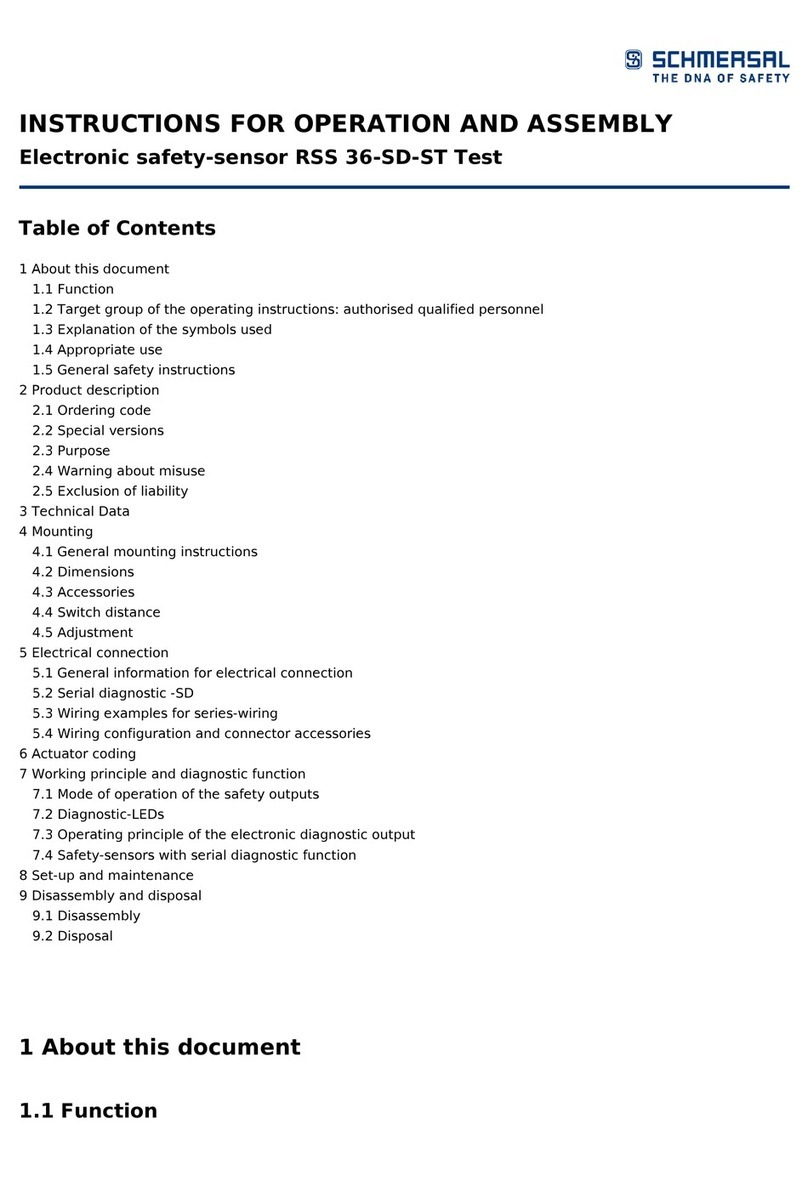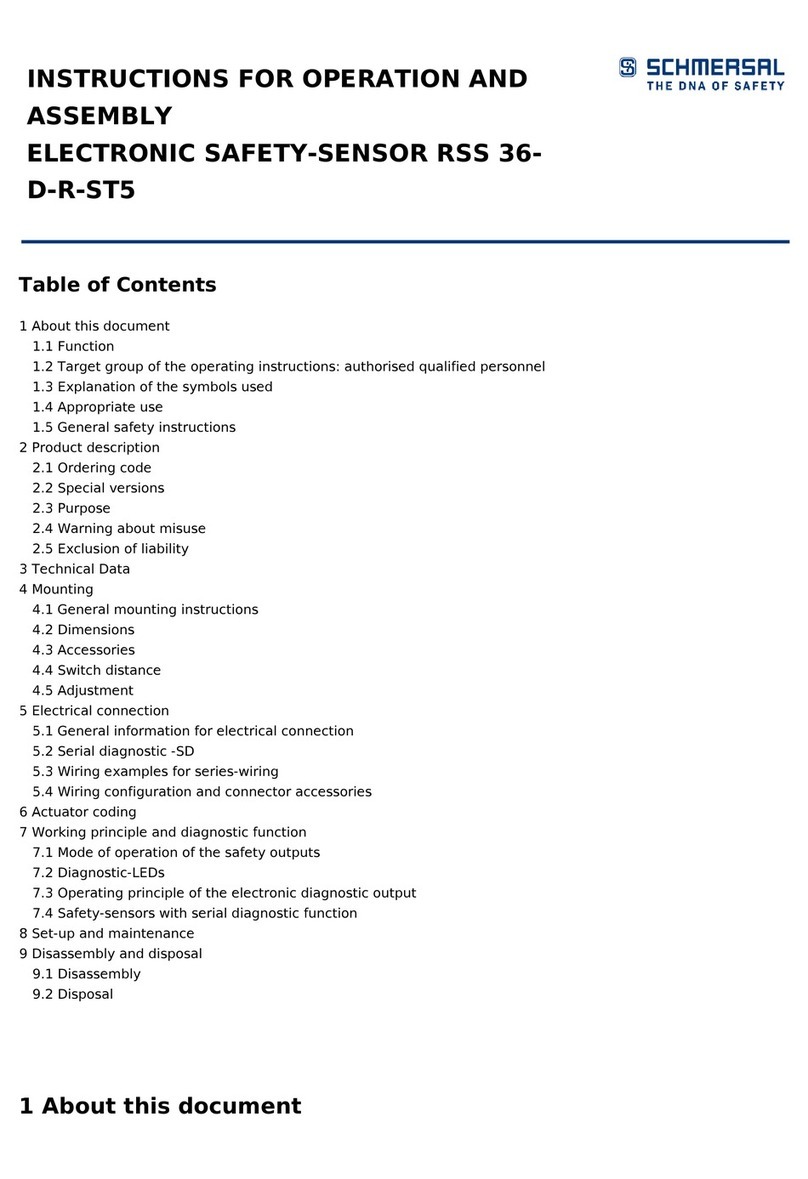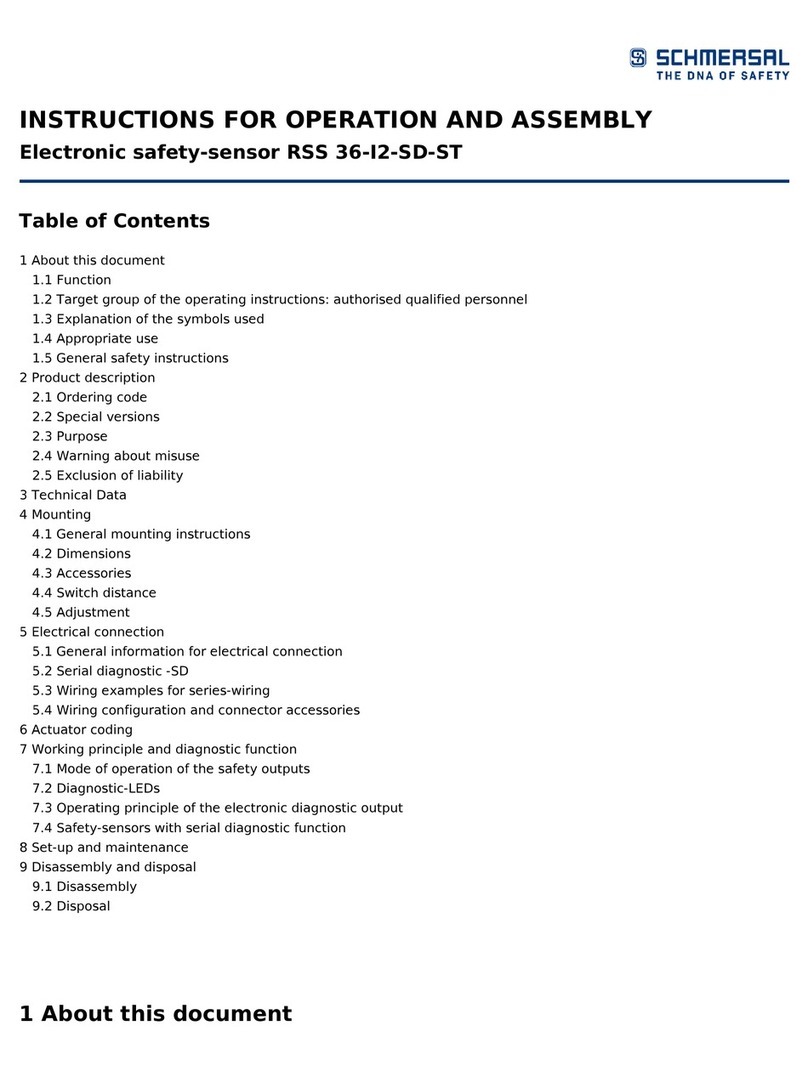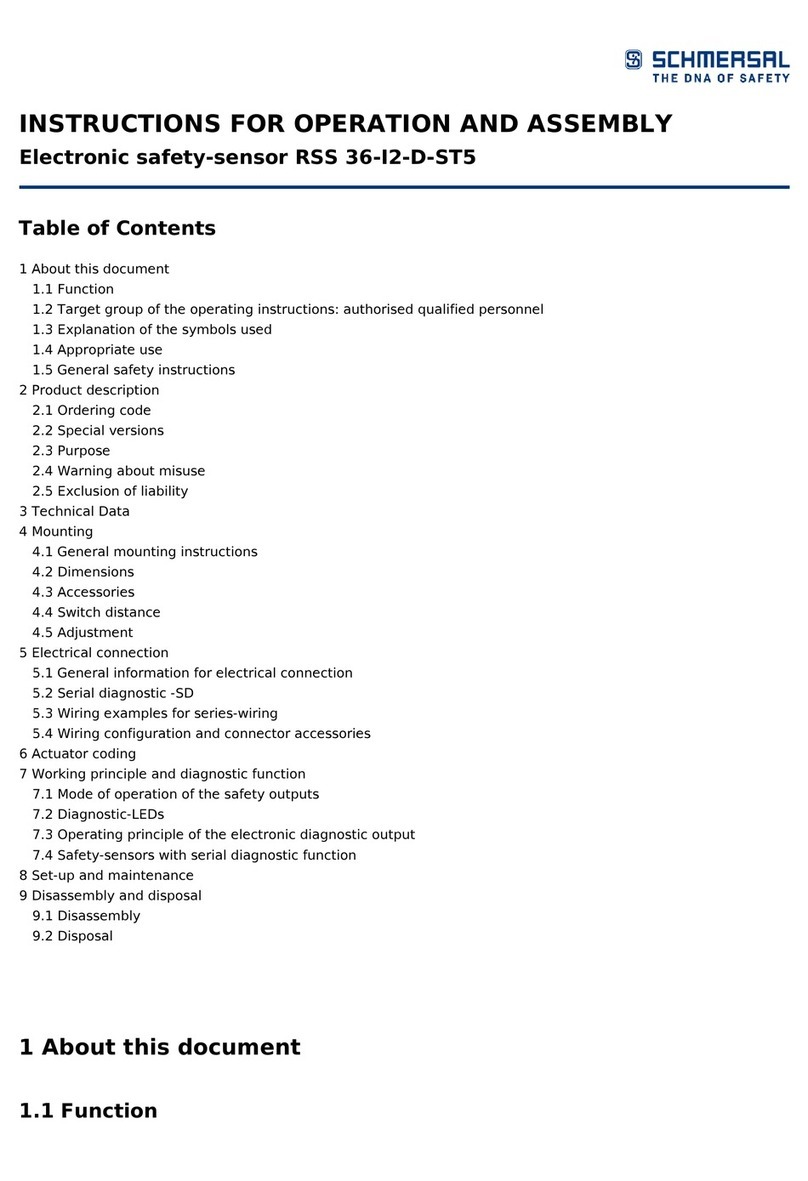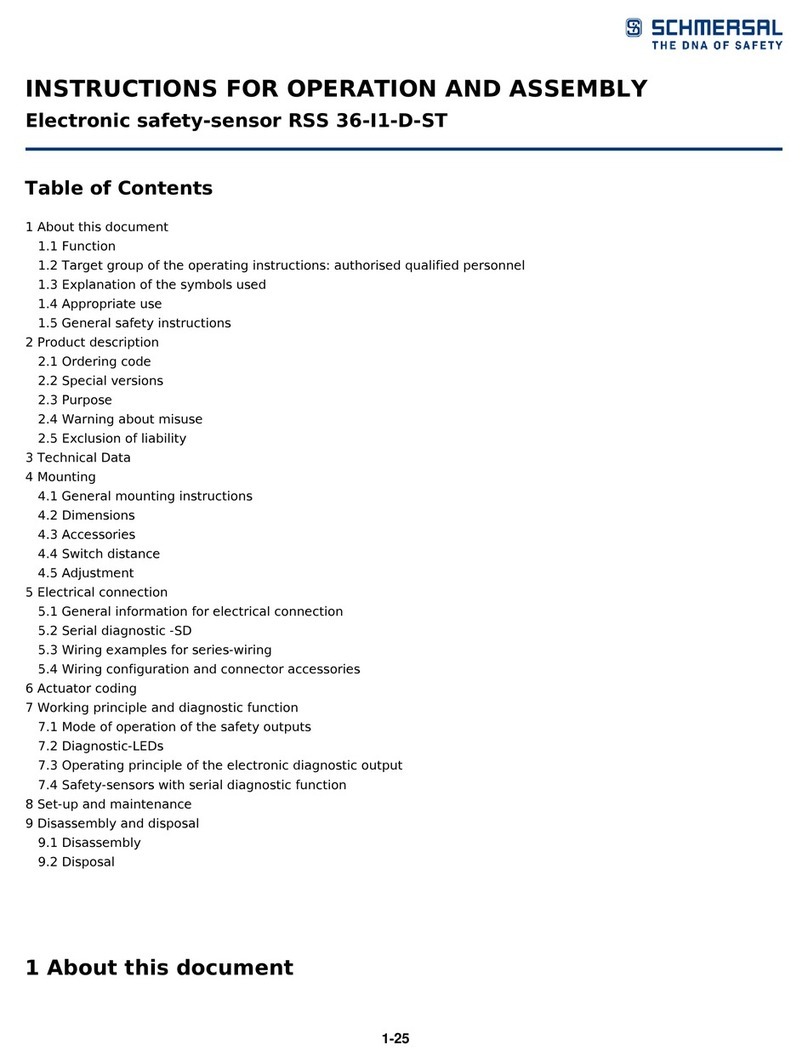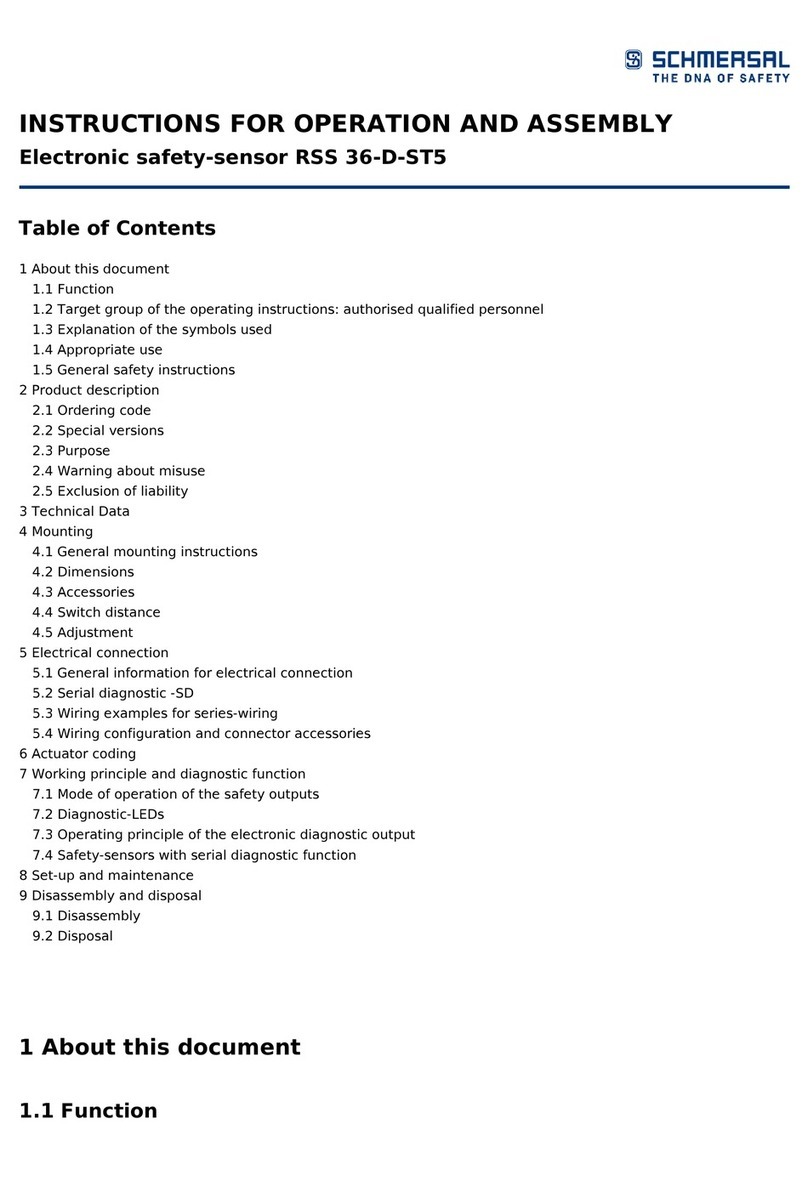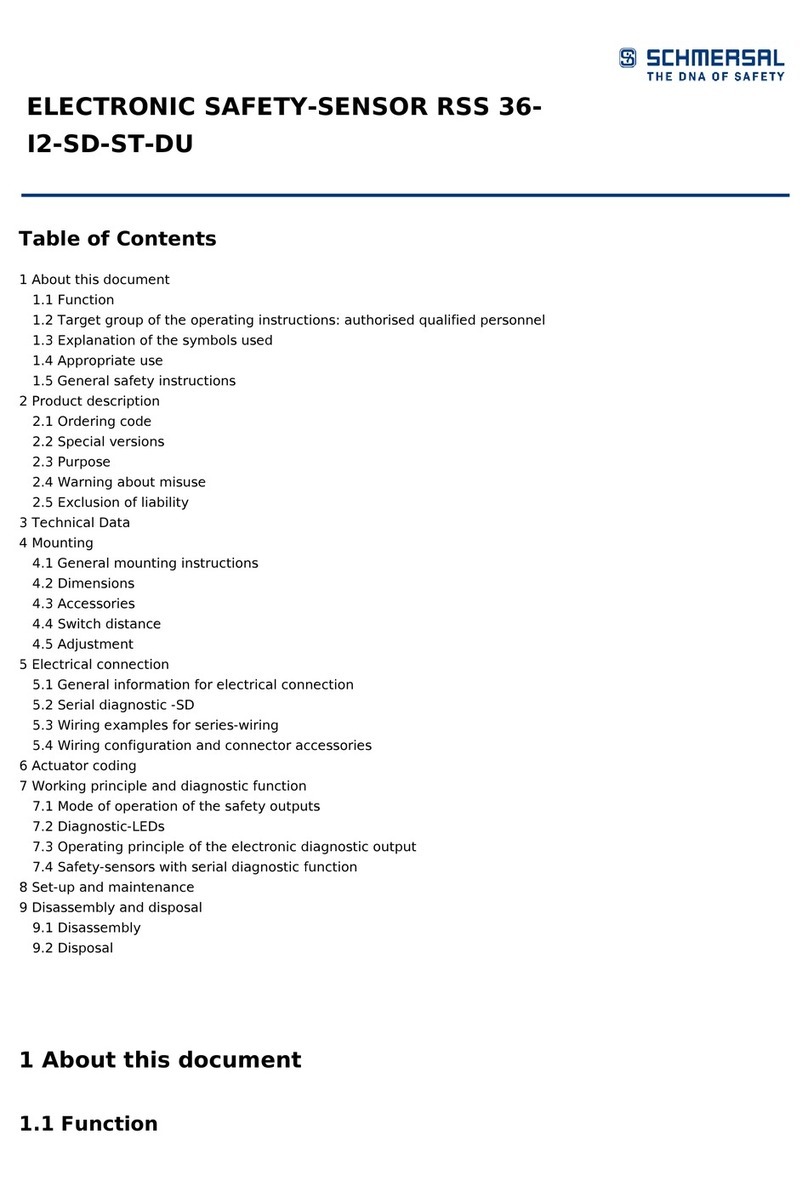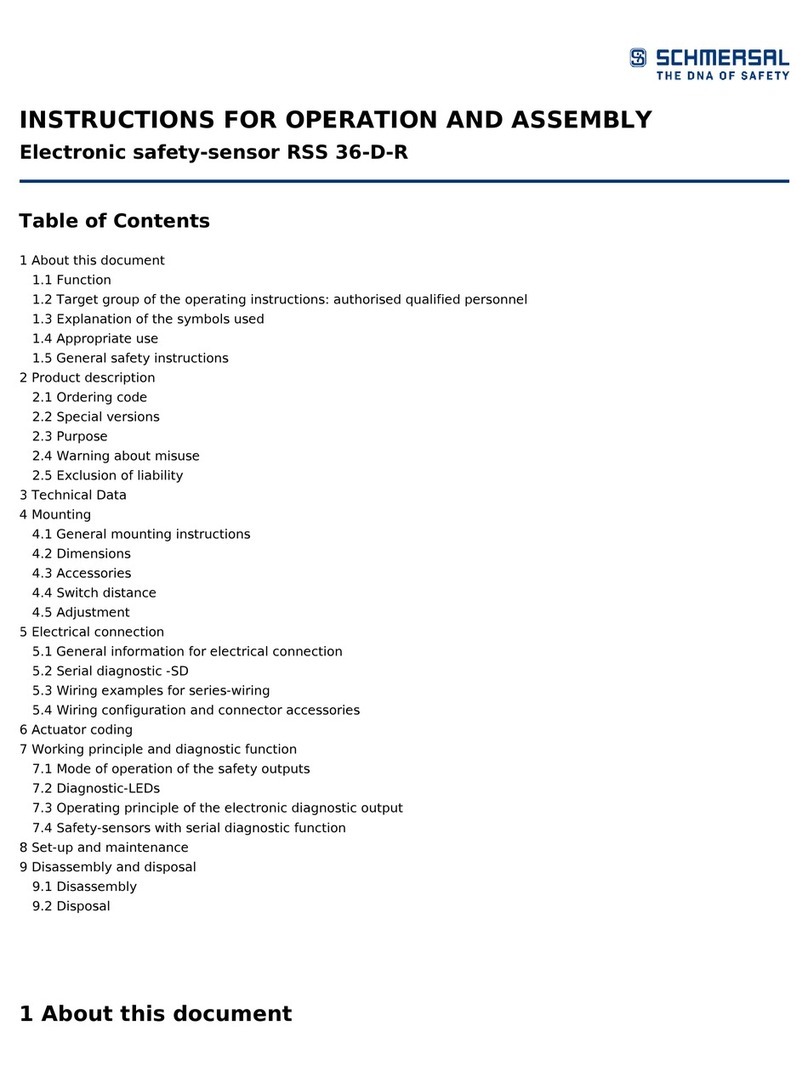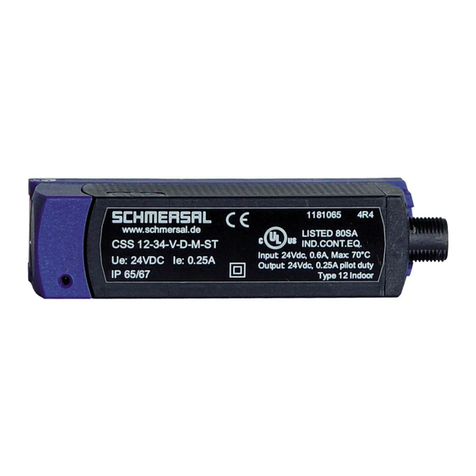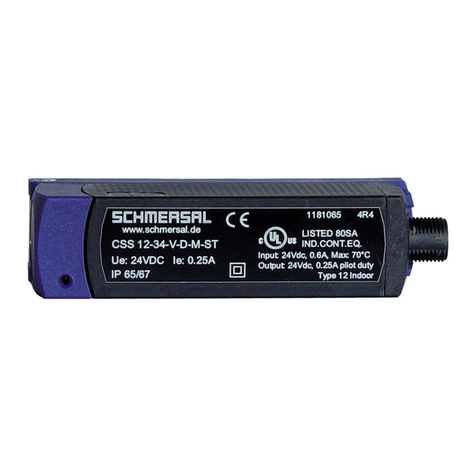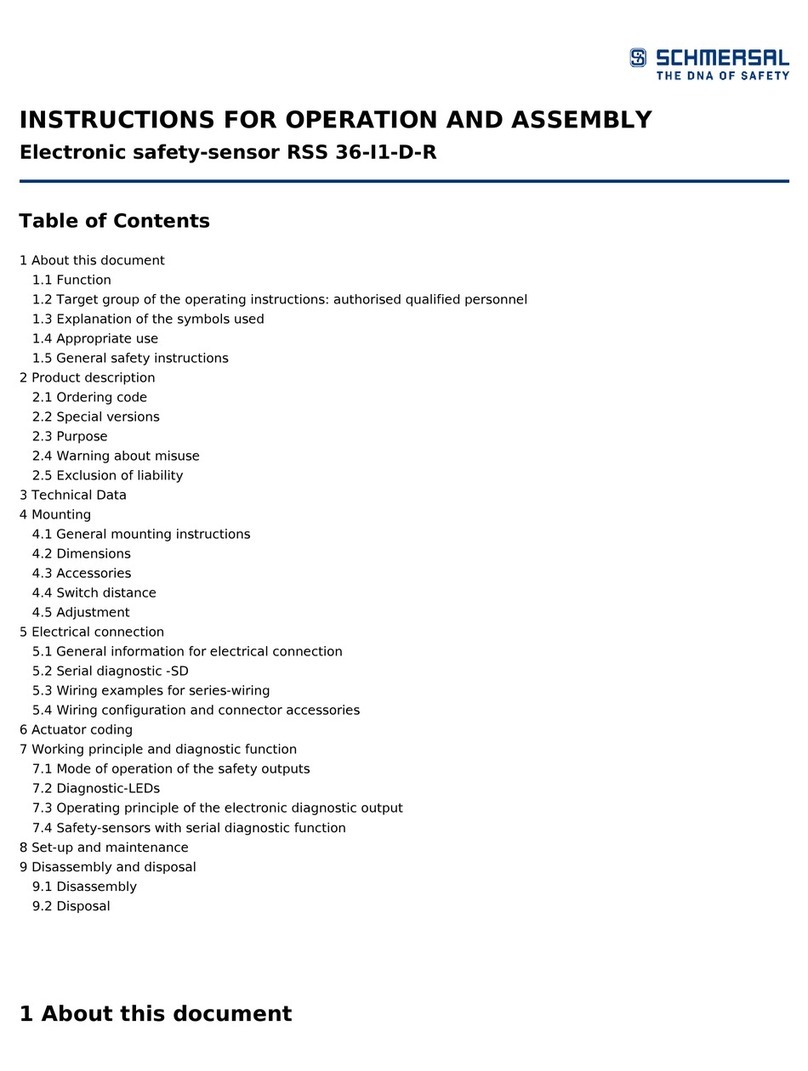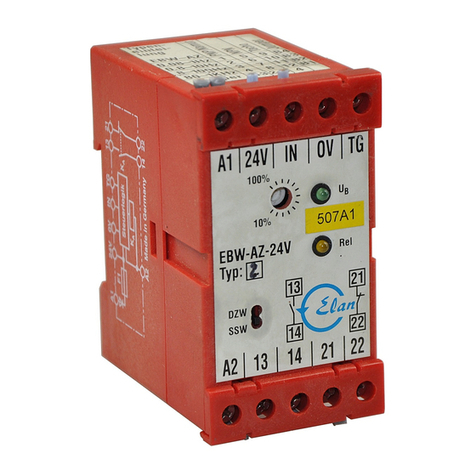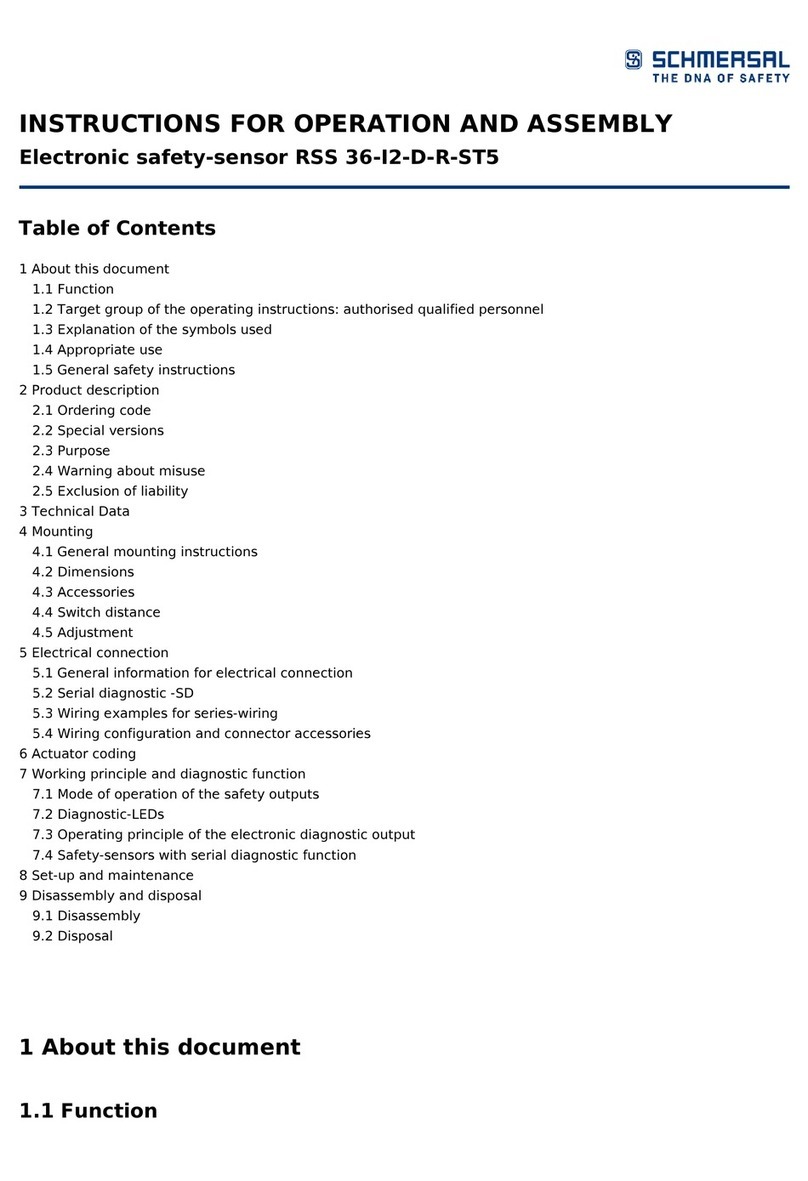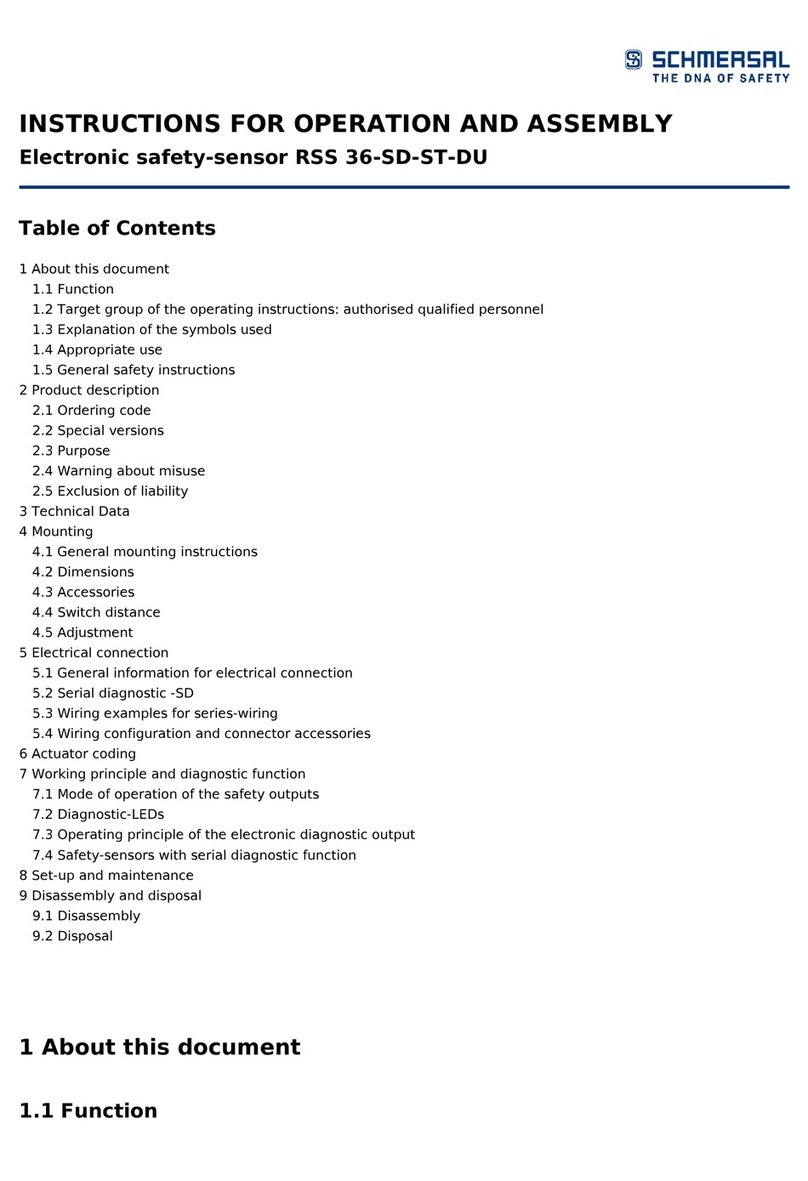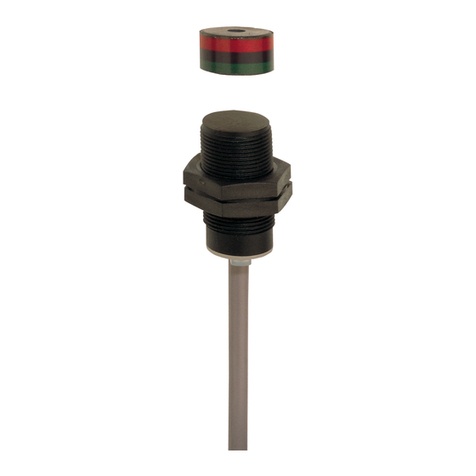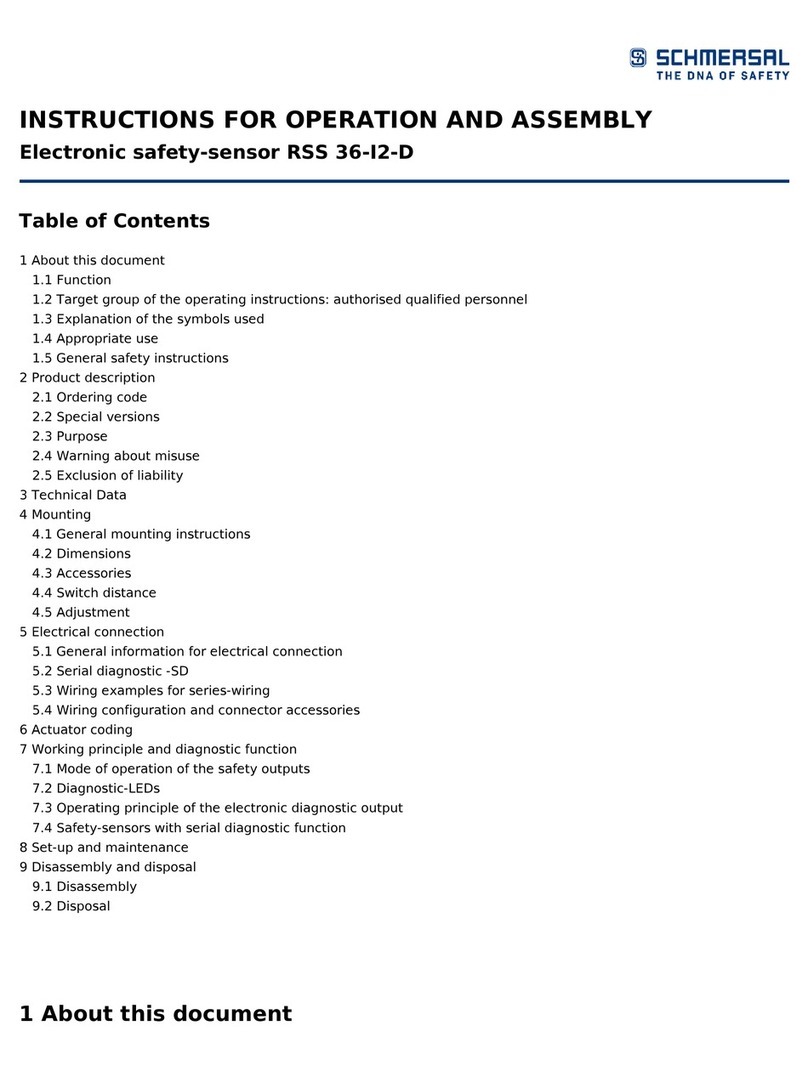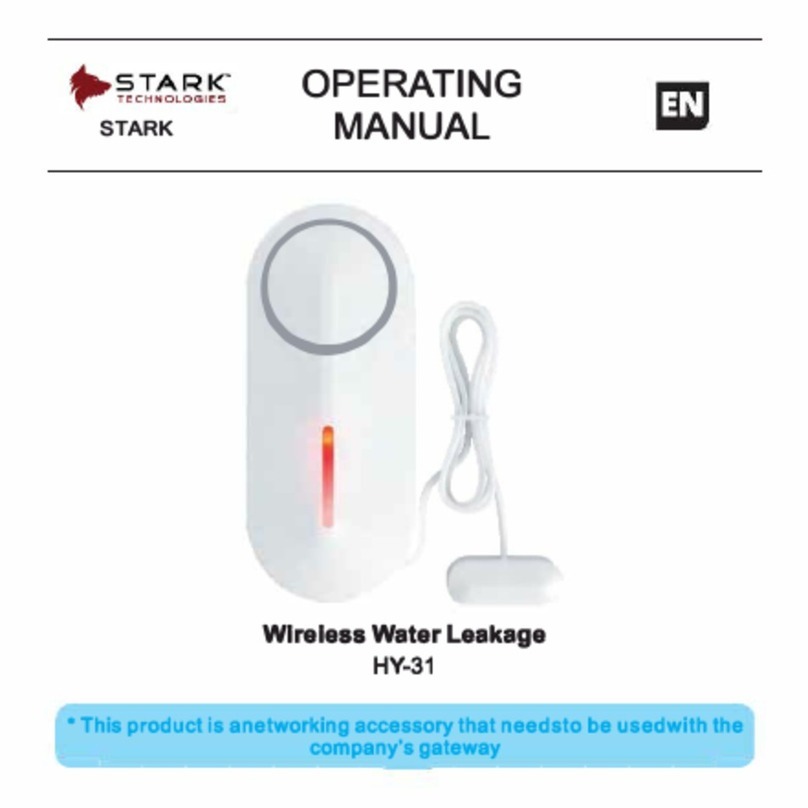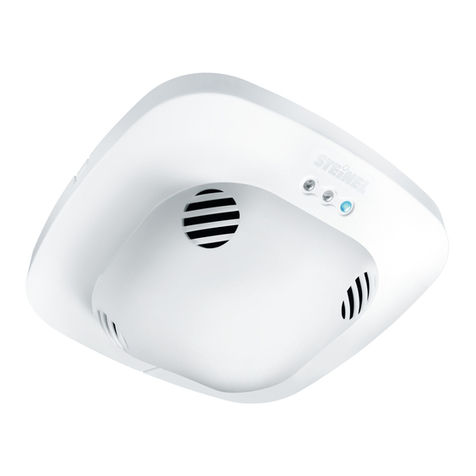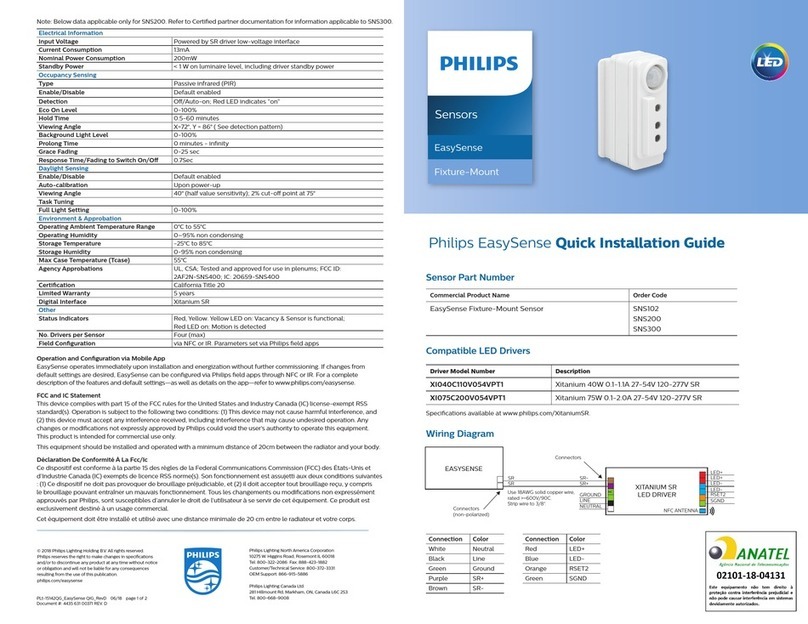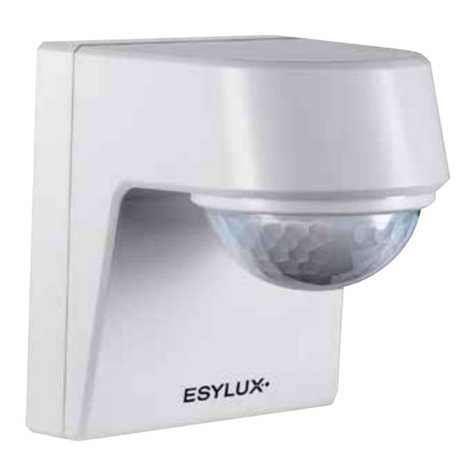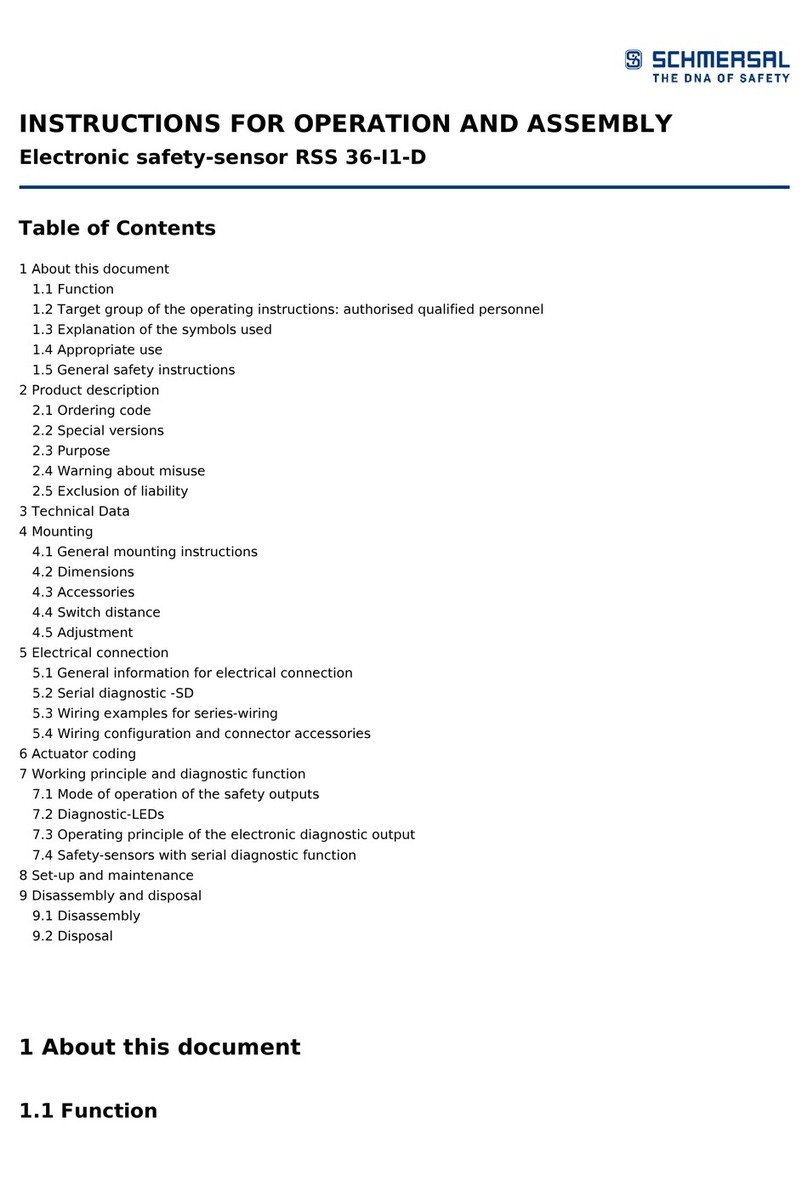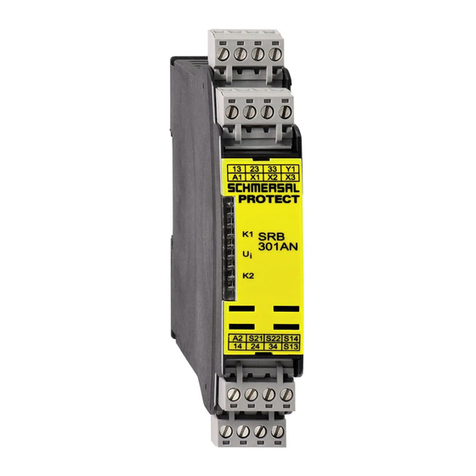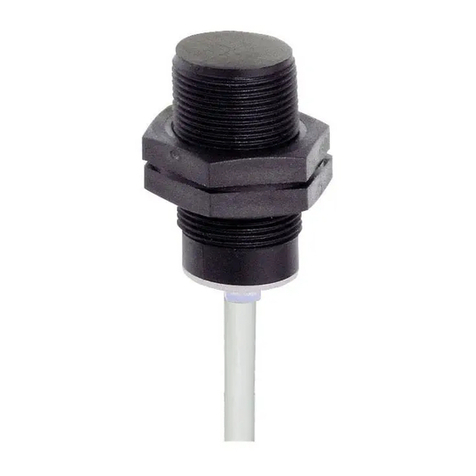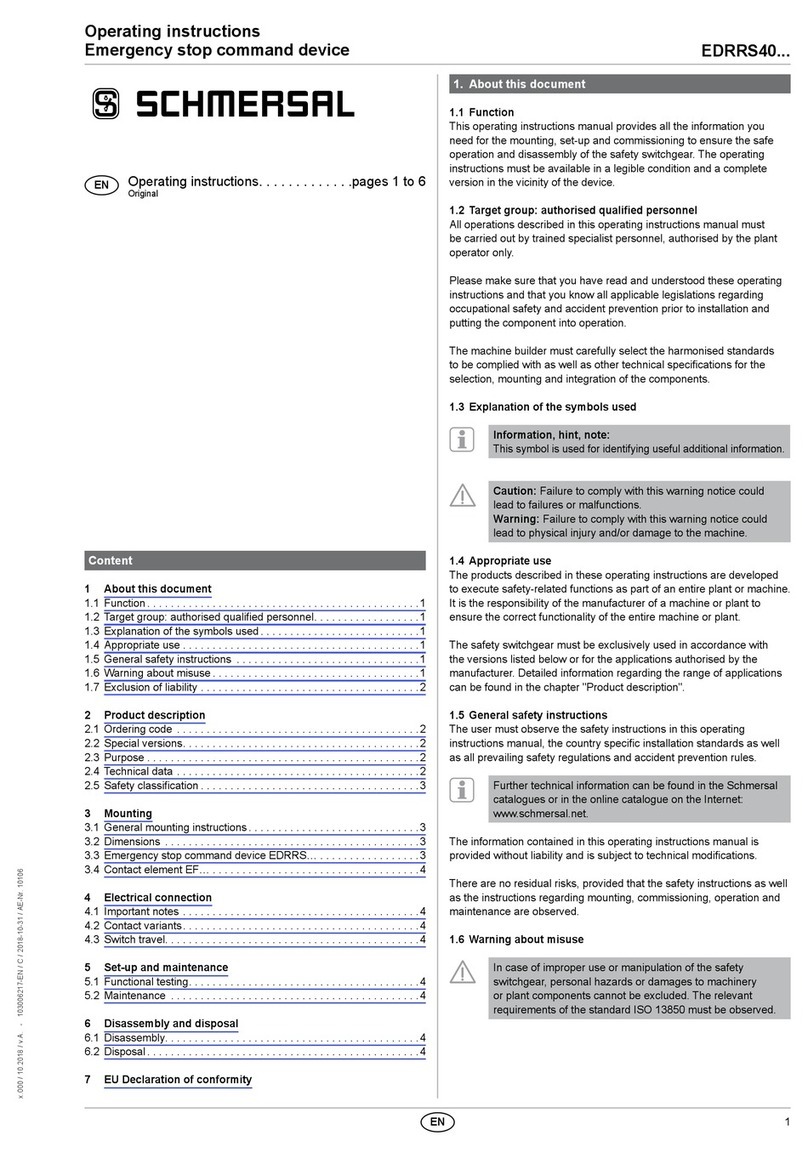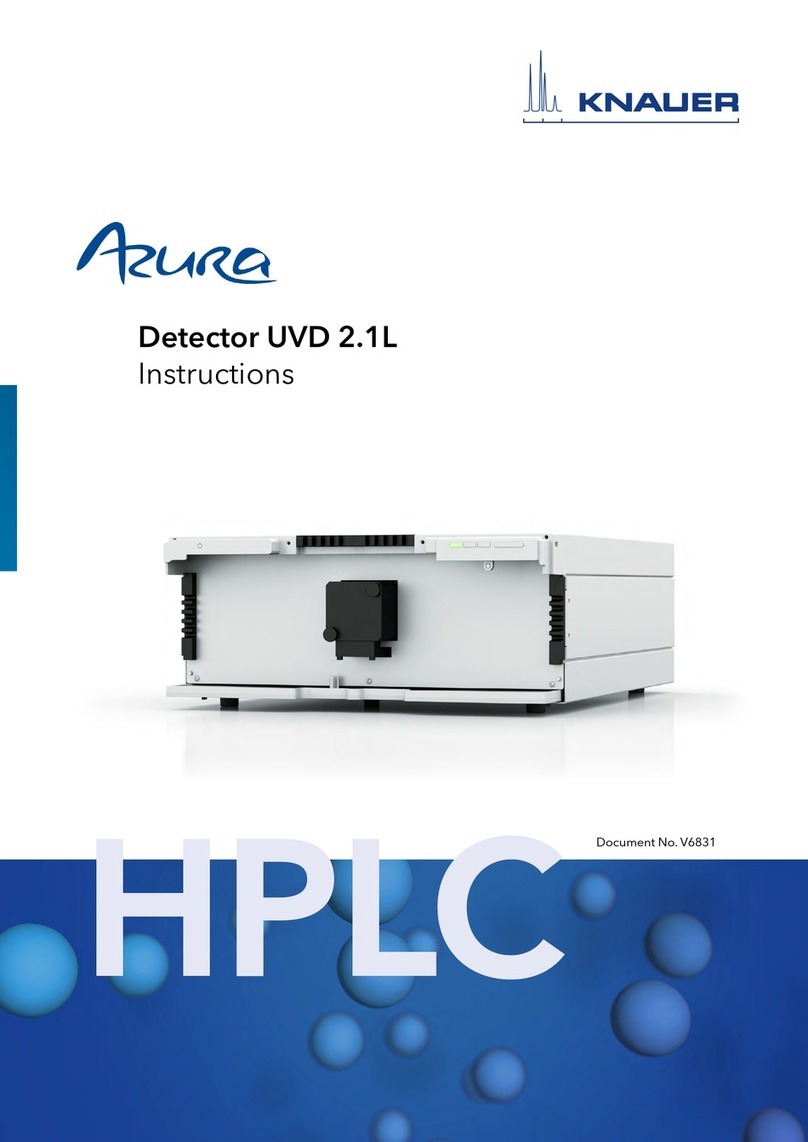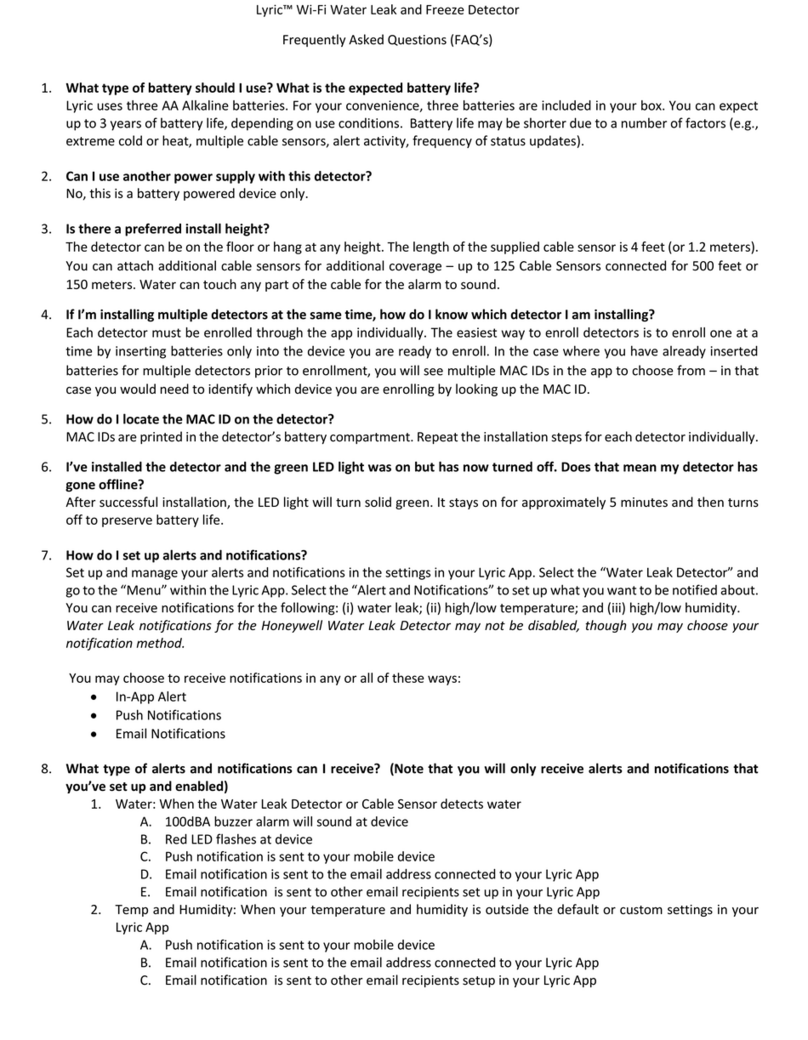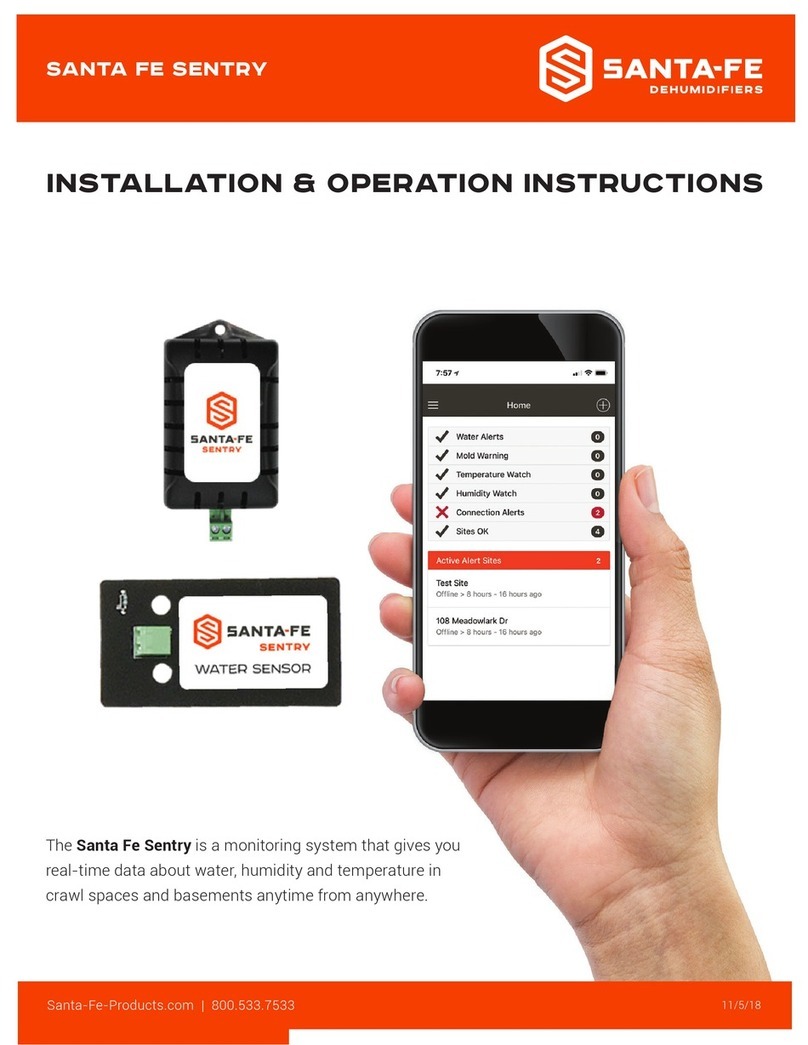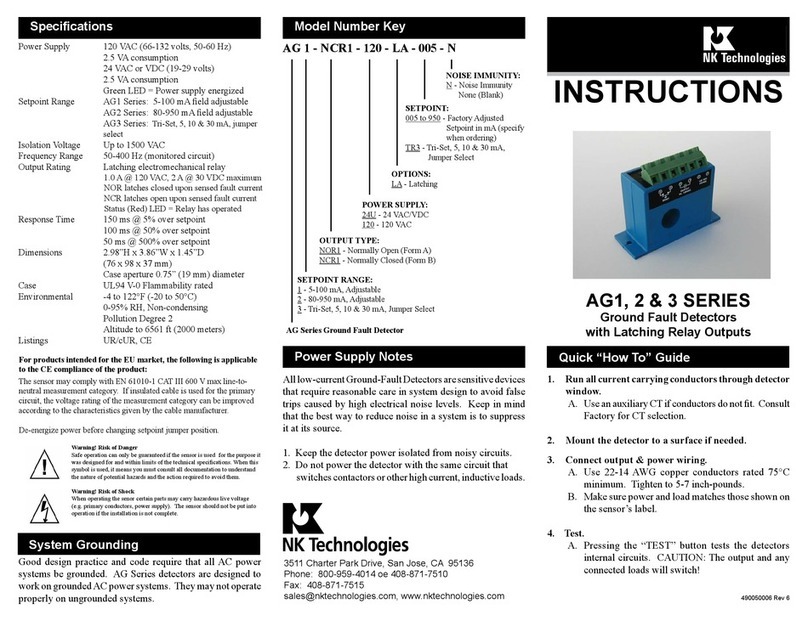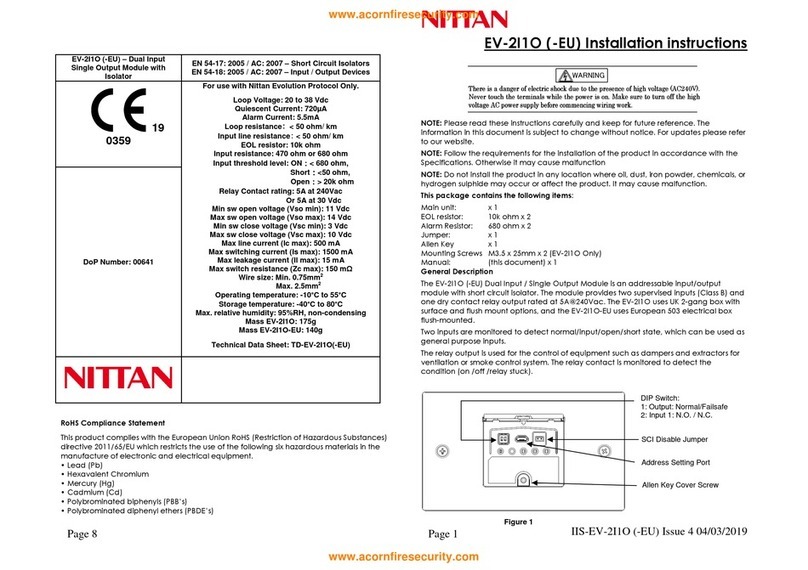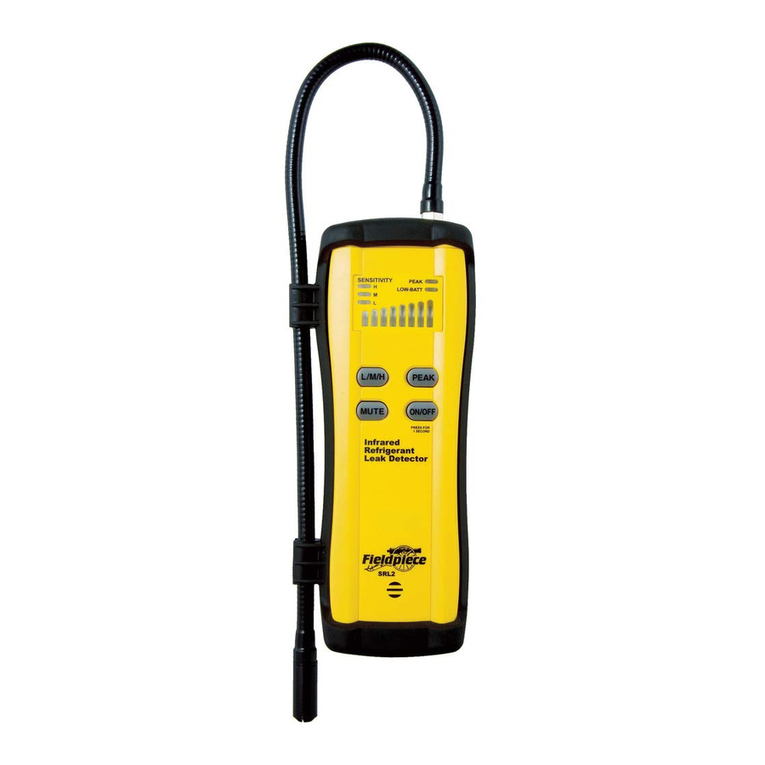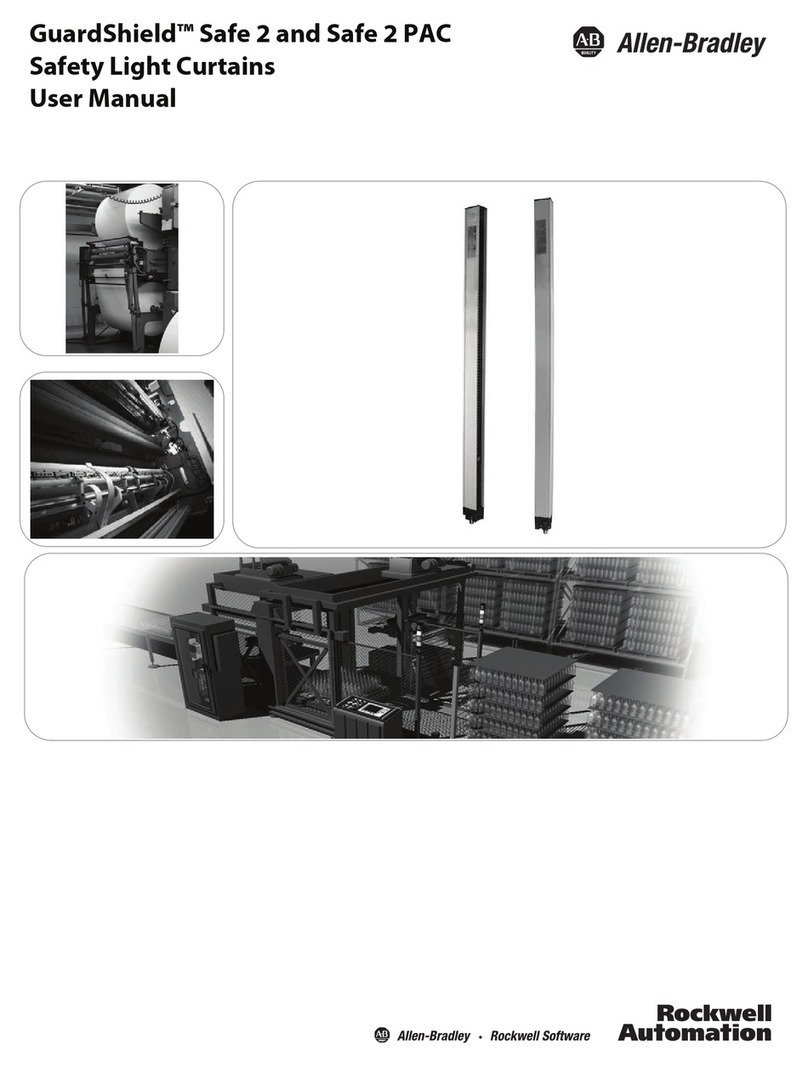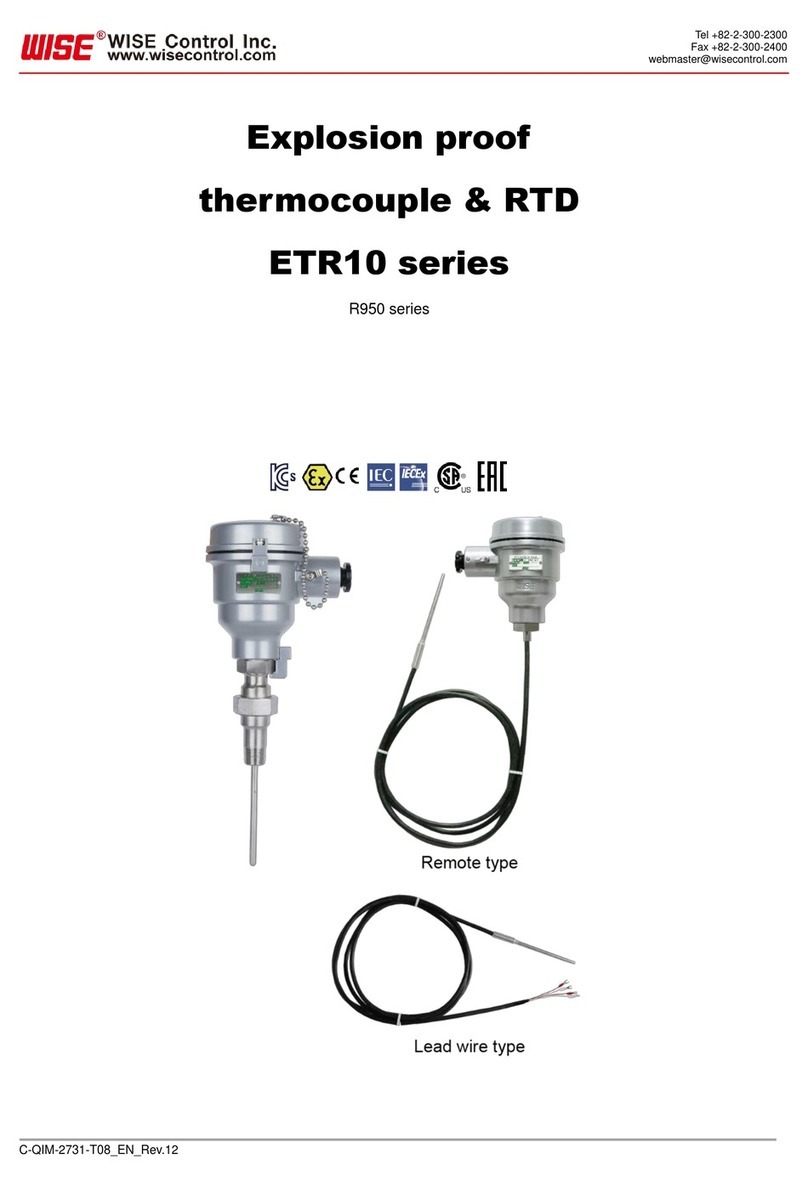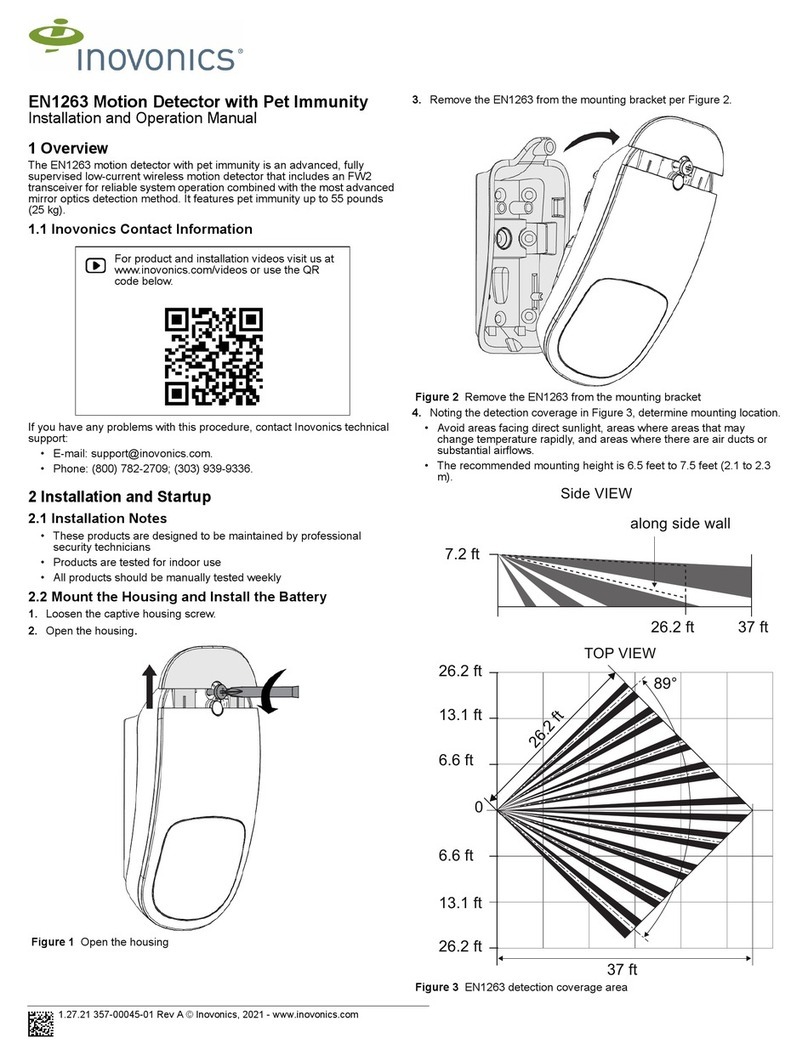
2
Operating instructions
Pull-wire emergency-stop switches ZQ 700
EN
1.7 Exclusion of liability
We shall accept no liability for damages and malfunctions resulting from
defective mounting or failure to comply with this operating instructions
manual. The manufacturer shall accept no liability for damages
resulting from the use of unauthorised spare parts or accessories.
For safety reasons, invasive work on the device as well as arbitrary
repairs, conversions and modifications to the device are strictly
forbidden; the manufacturer shall accept no liability for damages
resulting from such invasive work, arbitrary repairs, conversions and/or
modifications to the device.
2. Product description
2.1 Ordering code
This operating instructions manual applies to the following types:
ZQ 700-
➀
No. Option Description
➀
11 1 NO/1 NC contacts
02 2 NC
Only if the information described in this operating instructions
manual are realised correctly, the safety function and therefore
the compliance with the Machinery Directive is maintained.
2.2 Special versions
For special versions, which are not listed in the order code below 2.1,
these specifications apply accordingly, provided that they correspond to
the standard version.
2.3 Destination and use
Pull-wire emergency stop switches are used on machinery and plants,
where triggering the emergency stop command must be enabled at
arbitrary points on the wire run. If the tensioned pull-wire is pulled
or in case of wire breakage, the switching function of the pull-wire
emergency stop switch is activated. (refer to image 1)
F
1
Image 1: position indication and actuation
Design/operating principle
The pull-wire emergency stop switches of the ZQ 700 series are
brought into the operational condition by the proper pre-tensioning of a
maximum 10 m long wire. The inner switching element has 2 contacts;
in a tensioned condition, the NC contacts are closed and the NO
contacts are open.
After actuation of the emergency stop function, a latching mechanism
maintains the stop command until the switch is released by pushing the
blue reset button.
Prior to the reset of the emergency stop signal, the reason why the
switch has been actuated must be determined. The switch can only
be reset if the switch is correctly pre-tensioned (position indication in
central position, refer to image 1).
The entire concept of the control system, in which the safety
component is integrated, must be validated to the relevant
standards.
2.4 Technical data
Standards: IEC 60947-5-1, IEC 60947-5-5, ISO 13850
Enclosure: thermoplastic
Cover: thermoplastic
Protection class: IP67 to IEC 60529
Protection class: II
Degree of pollution: 3
Contact material: Silver
Switching system: Change-over contact with double break,
1 to 2 NC contacts; snap action
with positive break NC contacts
Connection: screw terminals
Cable section: 2.5 mm² (incl. conductor ferrules)
Cable entry: 1 x M20
Rated impulse withstand voltage Uimp:6 kV
Rated insulation voltage Ui:500 V
Thermal test current Ithe:10 A
Rated operating current/voltage Ie/Ue:4 A/230 VAC,
4 A/24 VDC
Utilisation category: AC-15, DC-13
Max. fuse rating: 6 A gG D-fuse (IEC 60269-1)
Required rated short-circuit current: 1000 A
Ambient temperature: –25 °C … +70 °C
Relative humidity: 30 … 95%,
no condensation,
no icing
Wire length: max. 10 m depending in relation to the
range of ambient temperature (see image 3)
Mechanical life: >1 million operations
Input terminal wire size AWG: 14-22
Max. Torque: 7 Lb In
Use solid or stranded copper conductors only.
2.5 Safety classification
Standards: ISO 13849-1
B10D NC contact: 100.000
Service life: 20 years
TF
D
10Dopop
op
n
(Specifications can vary depending on the application-specific
parameters hop, dop and tcycle as well as the load.)
3. Mounting
3.1 General mounting instructions
The installation may only be carried out by authorised personnel. The
pull-wire emergency stop switch is fitted by means of four screws
(distance of the drill holes 30 mm or 60 mm), so that a release by hand
can be enabled without hazard. The component must be fitted so that
the entire length of the wire can be viewed from the position of the
switch.
In accordance with IEC 60947-5-5, the maximum perpendicular
traction force to be exercised on the wire in order to activate the
emergency pull-wire switch is 200 N, the maximum deflection is
400 mm. Sufficient space must be provided so that the required
actuating deflection can be reached.






